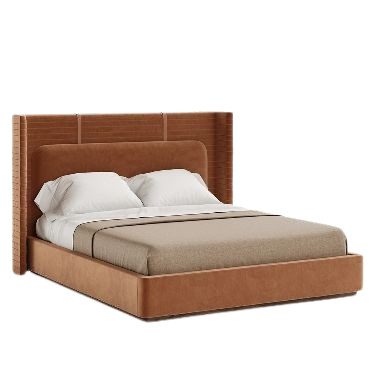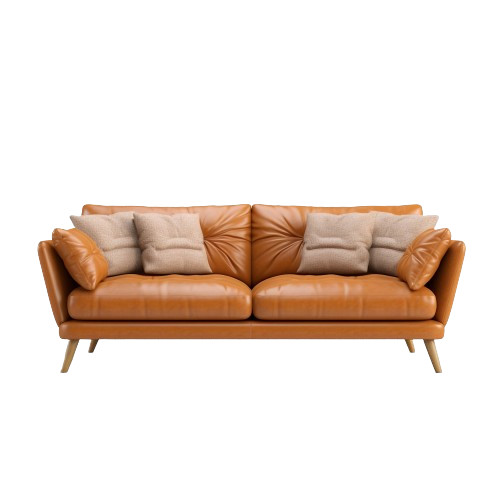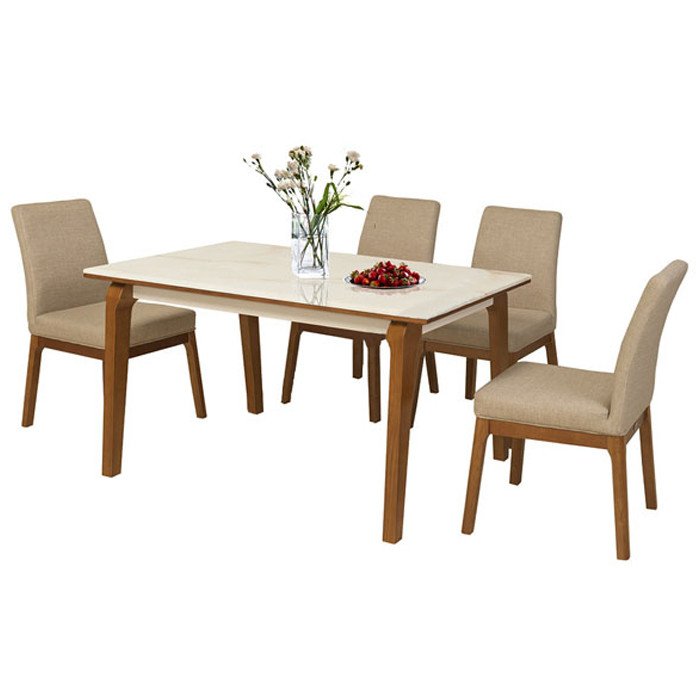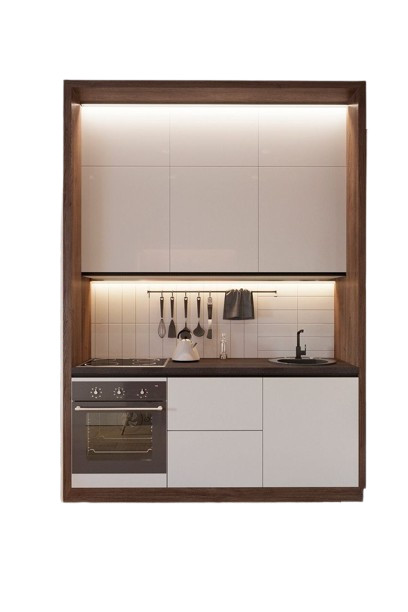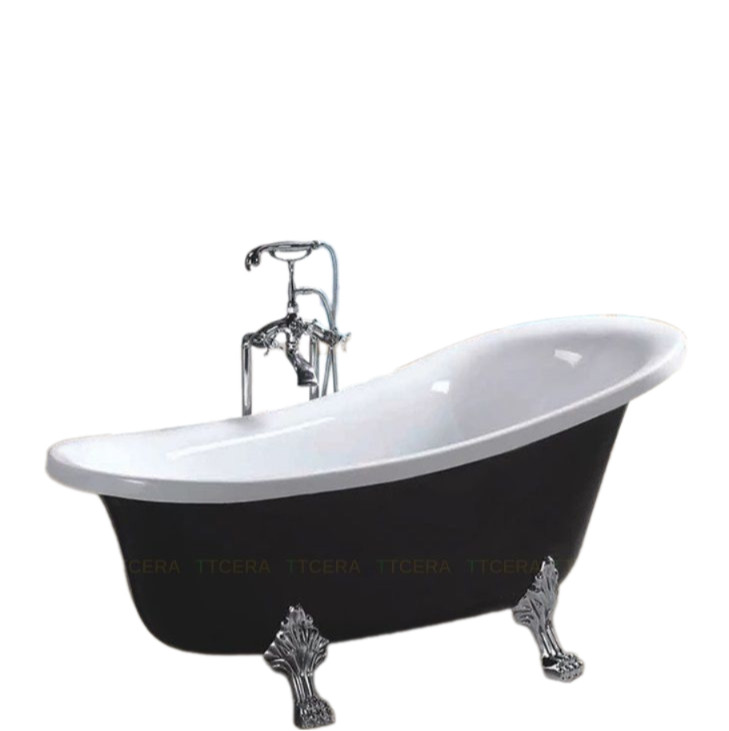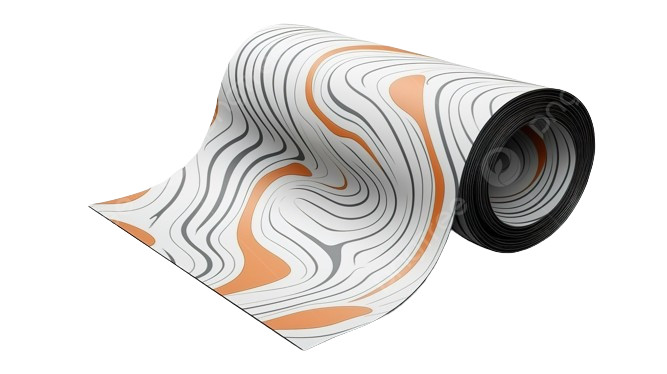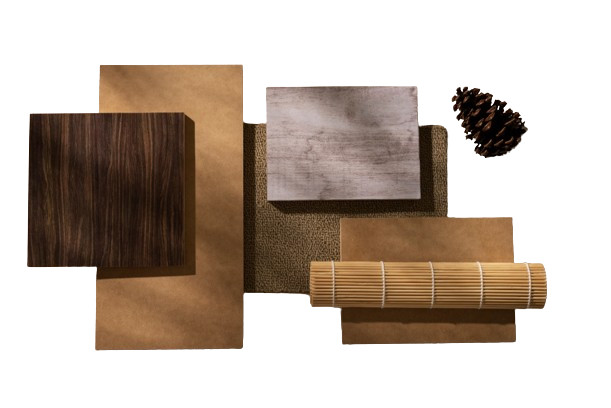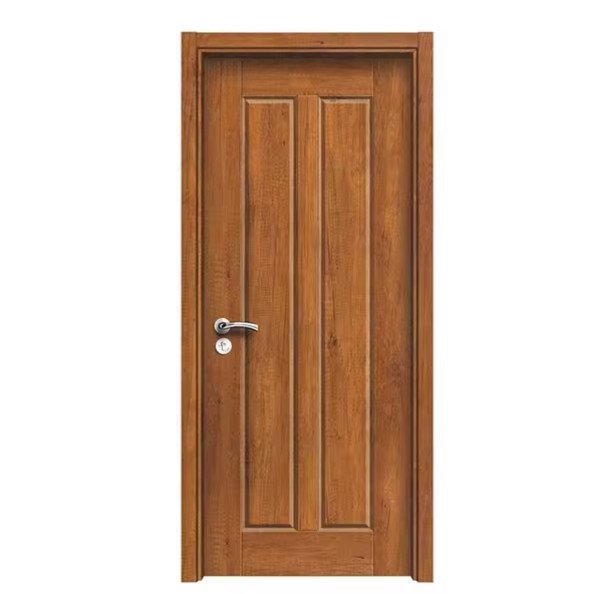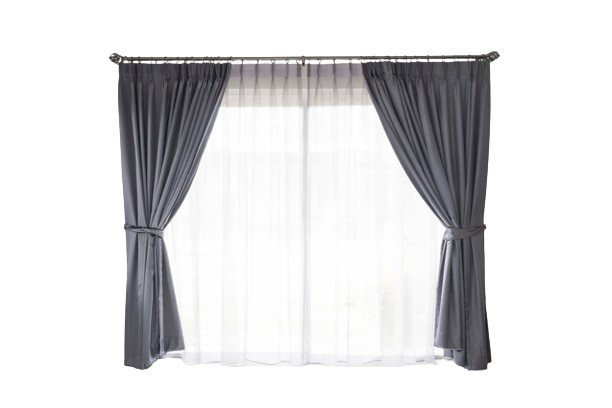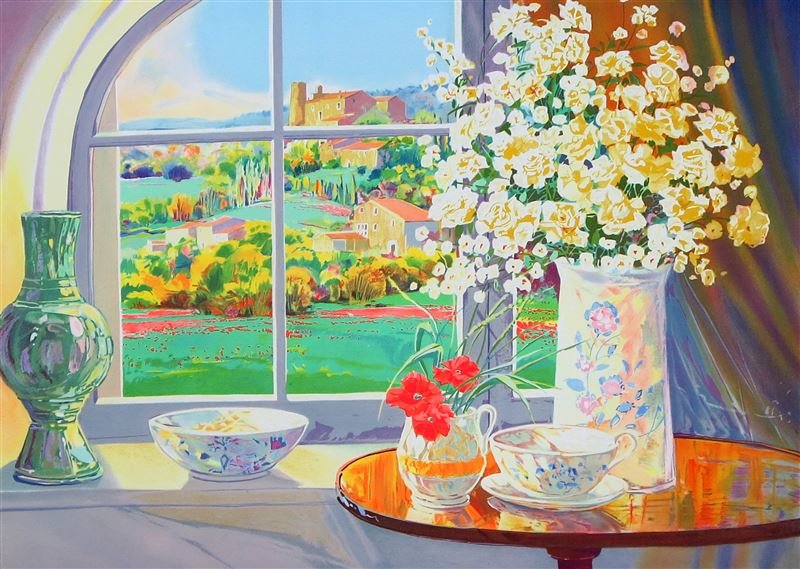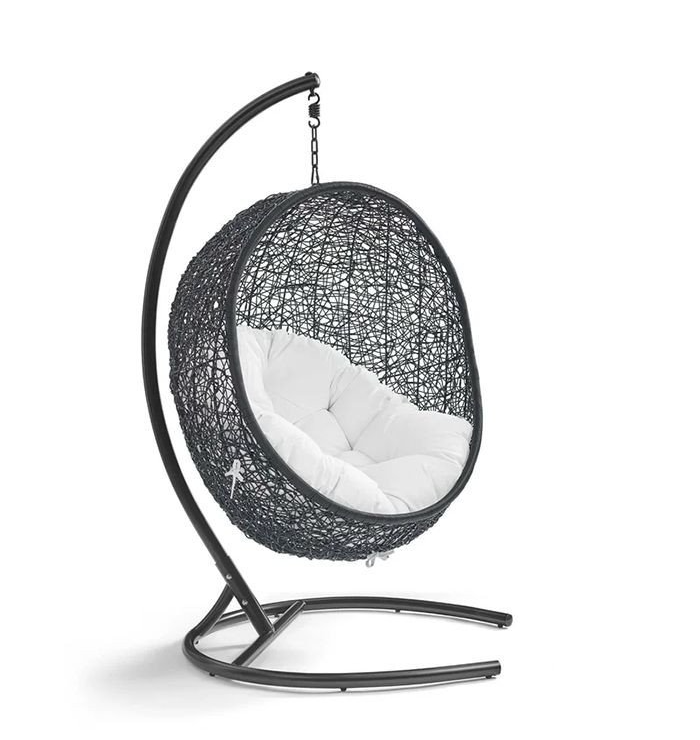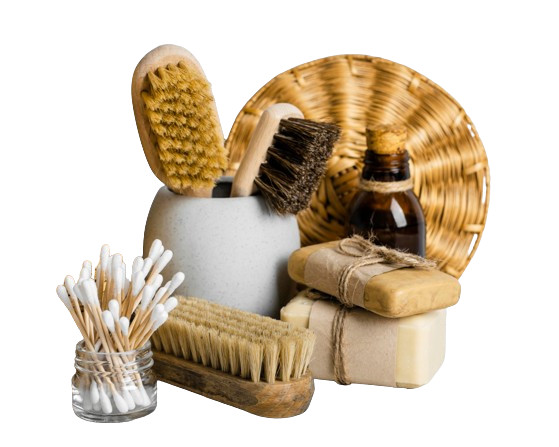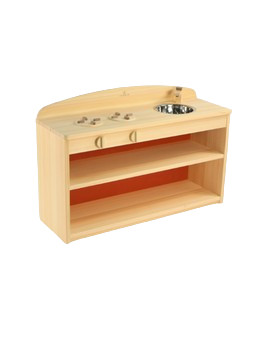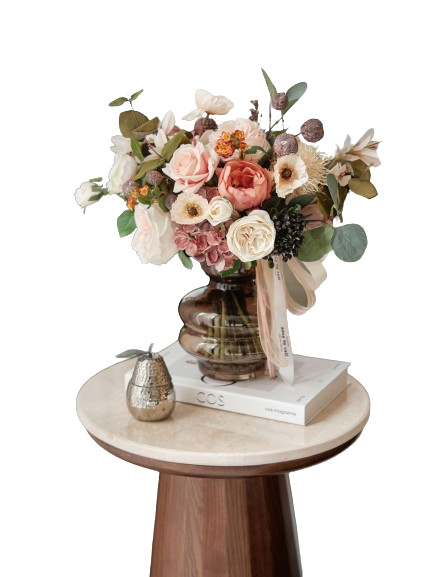JAPANESE TRADITIONAL CRAFTS
In Japan, many daily necessities which are made by using traditional manufacturing methods and raw materials that have been nurtured and inherited through history and climate. Please try incorporating traditional Japanese crafts into your daily life.
Ise-katagami Paper Stencil
ISE Katagami (Paper Stencils)
Location: Mie
History: the end of the Muromachi era (1392-1573)
Ise paper stencils are used to apply pictures and patterns when dyeing fabric for various kinds of kimono fabric, including yuzen, yukata and komon.
History: the end of the Muromachi era (1392-1573)
Ise paper stencils are used to apply pictures and patterns when dyeing fabric for various kinds of kimono fabric, including yuzen, yukata and komon.
SENDAI TANSU(FURNITURE)
SENDAI Tansu (Chests)
Location: Miyagi
History: the Edo era (1603–1868)
The kijiro-nuri wood treatment that brings out the woodgrain and the deluxe metal fittings that adorn the chests are distinctive features of this craft.
History: the Edo era (1603–1868)
The kijiro-nuri wood treatment that brings out the woodgrain and the deluxe metal fittings that adorn the chests are distinctive features of this craft.
AKAMA SUZURI (INKSTONE)
AKAMA Suzuri (Inkstones)
Location: Yamaguchi
History: the Kamakura era (1185-1333)
Raw Akama stones are hard and dense, with a tight grain and beautiful pattern. They are also resilient and easy to work, making them suitable an ideal material for inkstones.
History: the Kamakura era (1185-1333)
Raw Akama stones are hard and dense, with a tight grain and beautiful pattern. They are also resilient and easy to work, making them suitable an ideal material for inkstones.
ETCHU-WASHI (PAPERS)
ETCHU Washi (Papers)
Location: Toyama
History: the Nara era (710-794)
Etchu washi paper includes traditional paper for shoji screens, calligraphy and lanterns as well as modern paper for books and printmaking.
History: the Nara era (710-794)
Etchu washi paper includes traditional paper for shoji screens, calligraphy and lanterns as well as modern paper for books and printmaking.
IGA Kumihimo Braided Cord
IGA Kumihimo (Braiding)
Location: Mie
History: Nara era (710-794)
Beautifully dyed silk threads are interwoven to create the unique texture and experience of Iga Kumihimo Braiding. The techniques used have been passed down since ancient times.
History: Nara era (710-794)
Beautifully dyed silk threads are interwoven to create the unique texture and experience of Iga Kumihimo Braiding. The techniques used have been passed down since ancient times.
Sanjo Household Buddhist Alters
SANJO Butsudan (Household Buddhist Altars)
Location: Niigata
History: the 18th century
Sanjo household altars feature a conventional kuden palace that closely adheres to the architecture of actual Buddhist temples.
History: the 18th century
Sanjo household altars feature a conventional kuden palace that closely adheres to the architecture of actual Buddhist temples.
odate bentwood work
ODATE Magewappa (Bentwood)
Location: Akita
History: in the 17th century
Akita cedar wood is renowned for its rich scent, strong elasticity and fine, straight woodgrain. The light wood, neatly lined up in bright red and pale yellow annual tree rings, produces pieces of simple, elegant beauty.
History: in the 17th century
Akita cedar wood is renowned for its rich scent, strong elasticity and fine, straight woodgrain. The light wood, neatly lined up in bright red and pale yellow annual tree rings, produces pieces of simple, elegant beauty.
Kyoto Stonework
KYO Ishi Kougeihin (Stone Carving)
Location: Kyoto
History: the end of the Nara era (710-794)
Kyoto stone carvings, mostly used as garden decorations, are handmade by a single stonemason who handles each step of the process.
History: the end of the Nara era (710-794)
Kyoto stone carvings, mostly used as garden decorations, are handmade by a single stonemason who handles each step of the process.
KUMANO Fude (Brushes)
Japan Kumano Writing Brush
Location: Hiroshima
History: the end of the Edo era
Calligraphy brushes are produced for everyone from school children and general users to calligraphy experts, for whom brushes can be custom-made to individual specifications.
History: the end of the Edo era
Calligraphy brushes are produced for everyone from school children and general users to calligraphy experts, for whom brushes can be custom-made to individual specifications.
SANSHU-ONIGAWARA-KOGEIHIN(TILE)
TENDO Shogi Koma (Japanese Chess Pieces)
Location: Yamagata
History: the Edo era (1600-1868)
Tendo shogi chess pieces are made from the wood of Japanese magnolia, snowbell, maple, spindle and boxwood trees. Today, Tendo produces over 95% of all shogi chess pieces in Japan.
History: the Edo era (1600-1868)
Tendo shogi chess pieces are made from the wood of Japanese magnolia, snowbell, maple, spindle and boxwood trees. Today, Tendo produces over 95% of all shogi chess pieces in Japan.
Banshu-Miki-Uchihamono
KOSHU Inden (Lacquered Deerskin Crafts)
Location: Hyogo
History: the end of the Momoyama era (1573-1600)
By the end of the Edo era (1600-1868), large quantities of forged blades for saws, chisels and planes were being produced in Miki, and the area remains one of Japan’s prominent production centers for bladed tools today.
History: the end of the Momoyama era (1573-1600)
By the end of the Edo era (1600-1868), large quantities of forged blades for saws, chisels and planes were being produced in Miki, and the area remains one of Japan’s prominent production centers for bladed tools today.
IGA-YAKI (POTTERY)
IGA Yaki (Pottery)
Location: Mie
History: the second half of the 7th century and the start of the 8th century
Iga wares are harder and somewhat heavier in comparison to the nearby Shigaraki Yaki. Depending on the conditions inside the kiln during firing, the color and shape of the pieces change in a phenomenon called "yohen".
History: the second half of the 7th century and the start of the 8th century
Iga wares are harder and somewhat heavier in comparison to the nearby Shigaraki Yaki. Depending on the conditions inside the kiln during firing, the color and shape of the pieces change in a phenomenon called "yohen".

